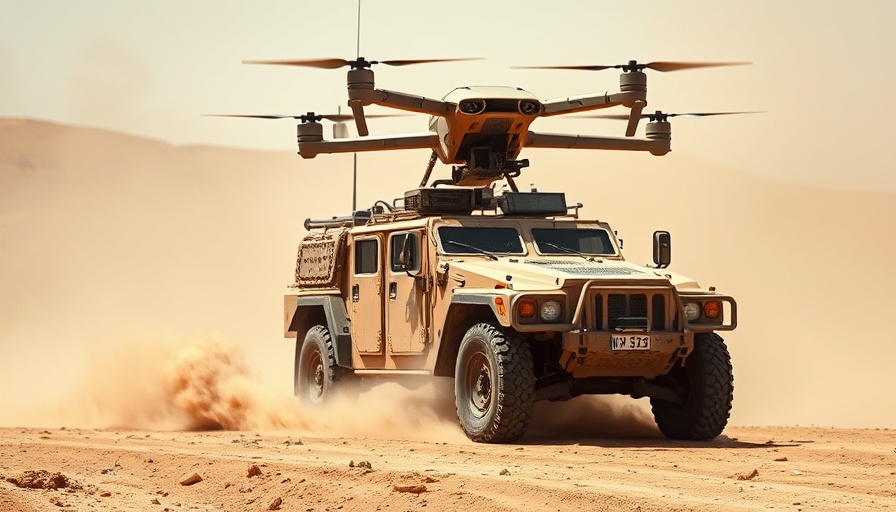
Draganfly Makes Waves with Contract for Commander 3XL UAV
Draganfly Inc., a recognized pioneer in drone technology, has made a significant leap into the defense sector with its recent secured order for the Commander 3XL Unmanned Aerial Vehicle (UAV) systems. This award, from a prominent defense contractor, highlights the evolving role of drone technology in military operations, particularly in the realm of persistent surveillance.
The Importance of Persistent Surveillance Technology
The client, a leader in advanced surveillance technologies, is known for its exceptional contributions to military operations through robust intelligence, surveillance, and reconnaissance (ISR) solutions. Persistent surveillance platforms like the Commander 3XL play a crucial role in ensuring the safety of defense installations, providing an unparalleled ability to monitor operations and detect potential threats in real-time.
Key Features of the Commander 3XL UAV
What sets the Commander 3XL apart in the crowded UAV market is its versatile design and advanced capabilities. Its modular payload architecture allows it to adapt various components, facilitating customization based on mission needs. The UAV's extended endurance makes it suitable for both static and dynamic environments, thereby streamlining operations and enhancing defense strategies.
A Step Forward for Military Technology
CEO Cameron Chell emphasizes the significance of this contract, stating, "This sale marks a significant milestone for Draganfly as we expand our presence in the defense sector." The integration of the Commander 3XL into a premier persistent surveillance platform signifies a leap forward in military-grade solutions. This UAV not only supports traditional ISR tasks but also enhances perimeter security and early warning systems, providing real-time situational awareness essential for modern military operations.
Adapting to Evolving Security Threats
The Commander 3XL’s flexibility in responding to dynamic threat landscapes showcases its advanced technological prowess. As military operations become increasingly complex and multifaceted, the need for UAVs that can integrate seamlessly into existing defense frameworks is paramount. This evolution reflects a broader trend where emerging technologies leverage AI to bolster military readiness and response capabilities.
Future Implications for Drone Technology in the Military
Looking ahead, the integration of AI-enabled systems like the Commander 3XL will likely influence military strategy and operational procedures significantly. As defense forces worldwide embrace these technologies, the implications extend beyond the battlefield, promising enhanced intelligence-gathering capabilities and strategic advantages in various operations.
Conclusion: Embracing the Future of Drone Warfare
The strategic order secured by Draganfly exemplifies the growing intersection of drone technology and military applications. As the defense sector continues to adapt to new challenges, the advancements embodied by the Commander 3XL herald an exciting era for both technology and defense operations. Keeping abreast of such developments not only informs enthusiasts and industry professionals but also shapes the future landscape of drone usage. Embrace the potential of UAV technology; understanding its trajectory is critical for those involved in defense and surveillance.
 Add Row
Add Row  Add
Add 




Write A Comment